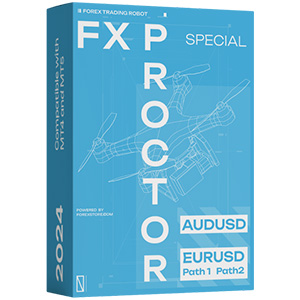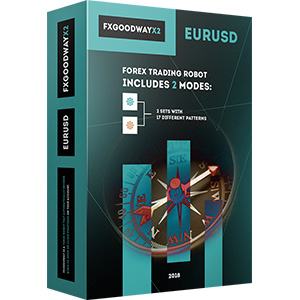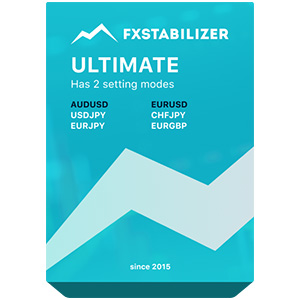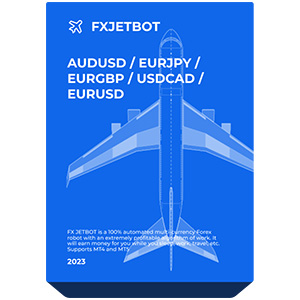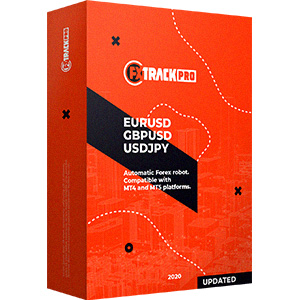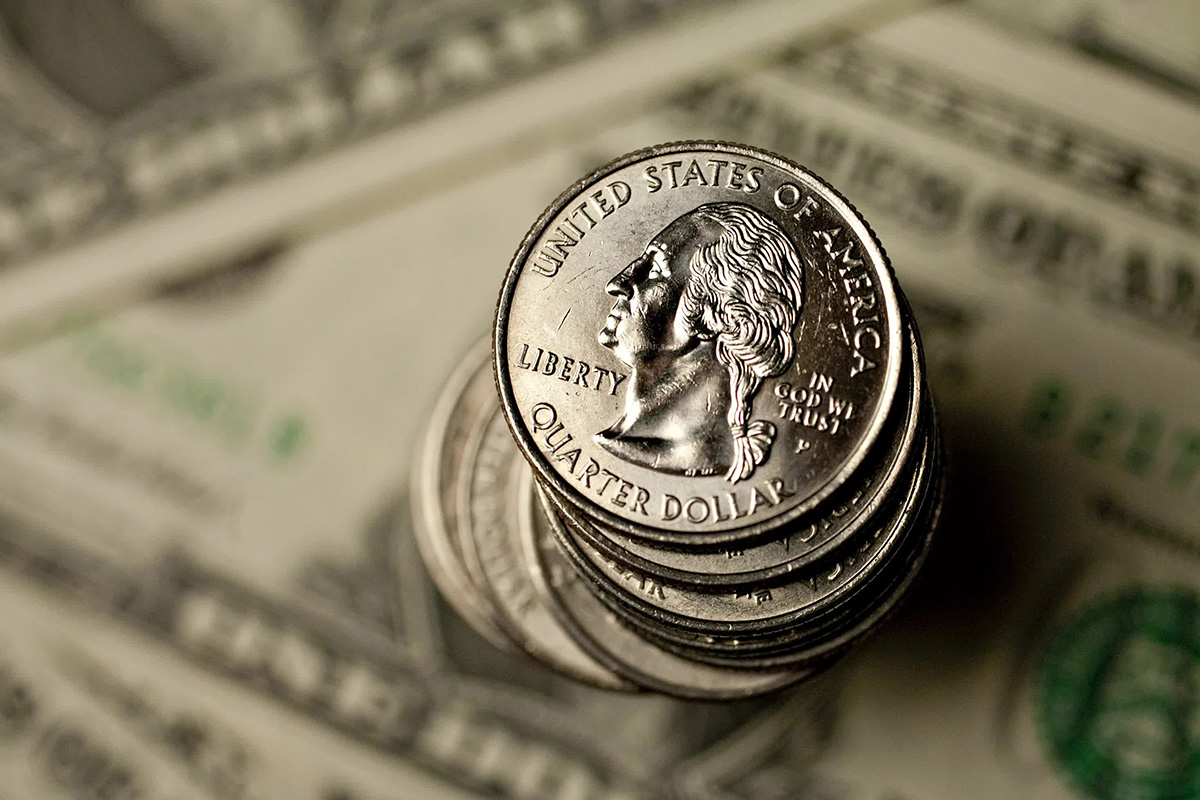
Trading and exchange terminology is rich in terms a novice trader has to get used to. For example, to short sell means making a sale. The concept is also recognized in the over-the-counter Forex market, where currencies are bought and sold, so we can talk about a short currency position.
You can often hear expressions like ‘I'm sitting in shorts’ or ‘I opened a short position’ from traders. Those who use this strategy and make money on falling currency are called bears. In this article, we will talk about what it means to short a currency and how to earn on it.
What is short selling currency?
The task of participants in any financial market is to buy low and sell high. By opening a short position, a trader expects an asset to fall in price in the near future. Therefore, they sell now, while the position is still expensive.
The risks in such trading increase because, in this case, the loss is not limited, while the profit is limited. Any short selling requires a stop loss to reduce losses if the price moves in the wrong direction.
Holders of these positions connect to margin trading, that is, trading using leverage (borrowed funds). Thus, one can make a deal with assets they do not actually have.
The decline is statistically much faster than the rise. Speculative traders are more interested in such transactions, as they are not ready to wait several years to earn. Despite the fact that short trades are less popular due to high risks, there is a category of traders who use exclusively this strategy.
So, can you short a currency or not? The answer is positive. You just have to learn the basics of this strategy and its special features.

How to short currency?
What is short selling in Forex? For example, an investor believes that shares of some enterprise worth $100 per share will soon fall in price. He borrows them from a broker and sells them at the current price, that is, he goes short.
If the forecast is justified and the price falls to, say, $80, the position has to be closed:
- The investor purchases the shares back at the new price, returns the borrowed securities, and keeps the difference — $20, which will be his profit minus a commission.
- He must pay a commission for each day the position is held to the broker.
If the market goes against the expectations and the trader holds this position for too long before correcting it, there is a risk of giving the broker all the profit received from the operation just for servicing the transaction. And if the shares rise in price too much and the losses will approach a critical level with respect to the deposit, this will be followed first by a margin call (warning) and then by the forced closing of the position.
An investor will not be able to open such positions if there is no money in their brokerage account. This guarantee is required to act as collateral for the period of an open transaction.
At the same time, brokers do not allow shorting all shares, forming a list of marginable securities. Brokerage companies, as a rule, prohibit shorting securities of the second and third tier. In addition, when there is a strong movement in the markets, a broker may generally forbid Forex short selling.

How to short Forex?
Basically, the terms ‘short and long’ are found on stock exchanges. In the Forex market, a more traditional designation of transactions is accepted – buy and sell, respectively. Long and short positions can mainly be found on specialized sites where traders communicate.
In the MetaTrader 5 trading terminal, the corresponding order is called ‘Sell’. Such a transaction can be opened for any currency pair provided by a broker.
For example, a trader opens a short EUR/USD position, that is, sells euros for US dollars, anticipating the weakening of the European currency. Until the trader decides to carry out a reverse operation, he will receive either a profit or a loss, depending on how the exchange rate changes.
Forex trader's loss is limited by a stop-out set at some point. Therefore, there will be a deposit cap that you can lose.
The sale of currency in the Forex market can be implemented by placing pending orders triggered when the price reaches a predetermined level.
Let us summarize the above data on short selling Forex and highlight the most important points.
Tip 1. Consider risks
Short selling a currency is a riskier trade than buying stocks. It is recommended for traders and investors who already have some experience in stock trading.
Tip 2. Use stop loss
A short position is limited in time and unlimited in potential losses. Therefore, a successful operation requires more accurate execution. It is necessary to carefully weigh all the risks, take into account additional costs, and wait for an optimal price and moment of entry.
When selling this way, it is recommended to limit your losses by using a stop loss. So, learn how to do it correctly.
Tip 3. Look for opportunities
If the standard exchange instruments do not allow shorting a currency and if you have sufficient experience, you can look for opportunities in the over-the-counter market.
Tip 4. Think about where to go short
Futures is a cheaper and more convenient tool to speculate for a fall if we are talking about a deal lasting longer than one day. There is also an opportunity to get additional profit in the form of contango decay. In the case of intraday trading, the instrument depends on the required underlying asset. Often leverage is free, and the choice comes down to comparing liquidity and commission.
Short selling currency example
Let us consider an example of short selling in Forex:
- On the timeframe of the pound-dollar chart, a situation has developed, the resolution of which implies a fall in the currency pair.
- The price remains in a flat for a long time.
- Sooner or later, it must leave the horizontal corridor limited by lines on the chart.
- The trader assumes that the price will break through the lower border of the range and continue to decline, so he opens a short position in a place marked with a red rectangle.
- He sells pounds and, at the same time, buys dollars.
- When the trade is closed, the trader performs a reverse operation.
That is an example of the short Forex strategy often used in the market.

The bottom line
Let us sum up the results of using these positions in trading and our findings on how to short a currency:
- A fall in the market is statistically sharper than a rise.
- These trades are riskier than long trades. It is not recommended for novice traders to use them.
- In the case of opening a short trade, time is limited.
- To trade like this, you have to borrow from a broker, that is, use leverage.
Those traders who buy financial assets are called bulls in traders’ slang. Those who sell financial instruments are called bears. The same trader can be both a buyer and a seller, a bull and a bear, even within the same day.
Bulls usually dominate the stock market because it is more profitable to invest in the growth of promising enterprises than to calculate and analyze the possible failures of giants whose shares are traded on a stock exchange.

